Between 1844 and 1969 the first three generations of the De Renne family of Savannah made notable contributions to Georgia history by collecting materials relating to the state’s past and by printing primary sources and other historical works relating to Georgia as colony and state.
George Wymberley Jones De Renne (1827-1880)
Born into one of Georgia’s oldest and wealthiest families as George Frederick Tilghman Jones, George Wymberley Jones (G.W.J.) De Renne legally changed his name in 1866. Though notably proud of his Jones forebears, De Renne chose a new surname that would provide him privacy and distinctiveness at home and abroad. The change solved a long-standing problem of receiving letters meant for his Jones relations (and vice versa), and it also promised singularity in Europe, where he traveled in the late 1860s and where his children were educated.
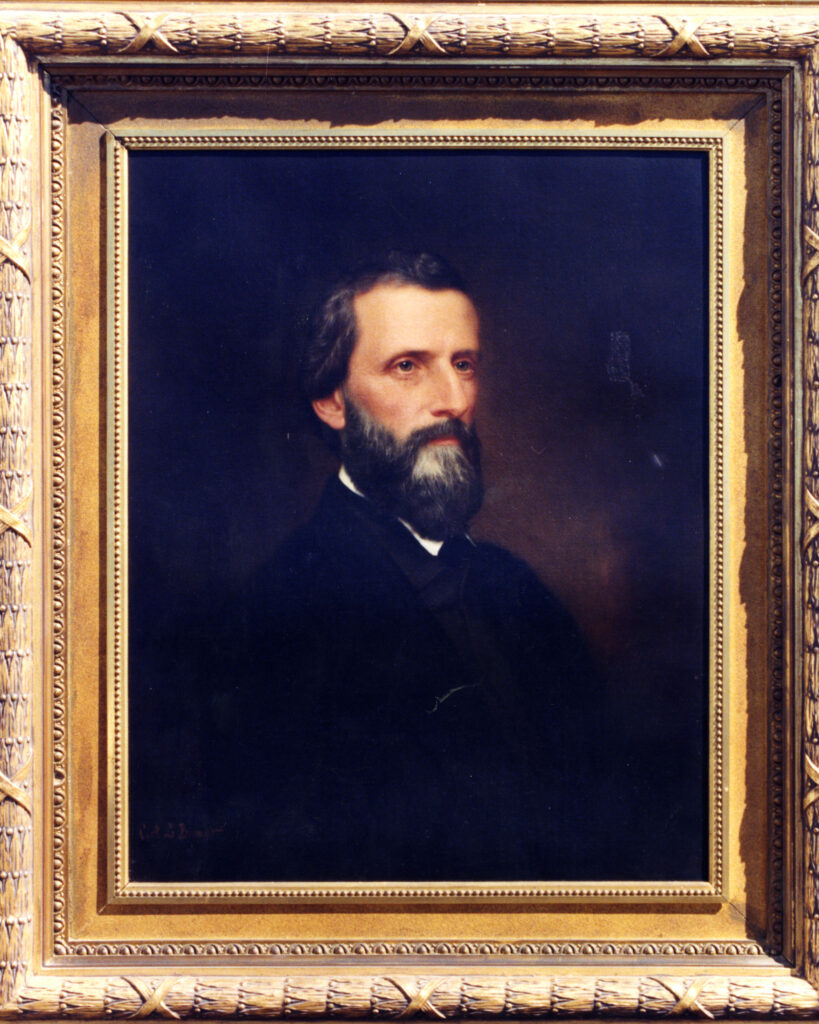
Courtesy of Eudora De Renne Roebling
Distinguished as a bibliophile and historian before he reached twenty-one, De Renne purchased the 1,300-plus volumes of his antebellum library between 1844 and 1861. A manuscript catalog of his books (most of which were destroyed or plundered during the Civil War [1861-65]) shows De Renne’s scholarly tastes and varied interests. His section devoted to Georgia history was by 1847 considered superior to all other such private collections. After the Civil War, De Renne assembled another noteworthy Georgia history library.
Historical works made up the majority of the books privately printed by De Renne. Some related specifically to Georgia history, such as a series of newspaper essays (1846-47) written under the nom de plume “Agricola.” An extension of these essays was his anonymous, Waspish Observationson Doctor Stevens’s History of Georgia (1849). De Renne called four of his publications the “Wormsloe Quartos” in honor of his family’s ancestral estate, Wormsloe Plantation, founded by his great-grandfather Noble Jones in the 1730s. The first quarto, Observations upon the Effects of Certain Late Political Suggestions (1847), reprinted a rare pamphlet touching on Georgia during the Revolutionary War. The three others were previously unprinted historical manuscripts: J.G.W. De Brahm’s History of the Province of Georgia (1849), the Journal and Letters of Eliza Lucas (1850), and the Diary of Col. Winthrop Sargent (1851).
During the 1870s De Renne served briefly as president of the Georgia Historical Society and brought to print two volumes of its Collections. One of these miscellanies was devoted in large part to the correspondence of General James Oglethorpe; the other featured The Dead Towns of Georgia by Charles C. Jones Jr.
Mary Nuttall De Renne (1835-1887)
When G.W.J. De Renne died in 1880, his wife, Mary, determined to bring to print a work that had absorbed him for several years, a compendium of Georgia’s unpublished colonial laws. Edited at her request by Charles C. Jones Jr., the volume appeared in 1881 as the fifth of the Wormsloe Quartos. It was followed in 1886 by the last of the series, the earl of Egmont’s journal (1738-44), also edited by Jones.
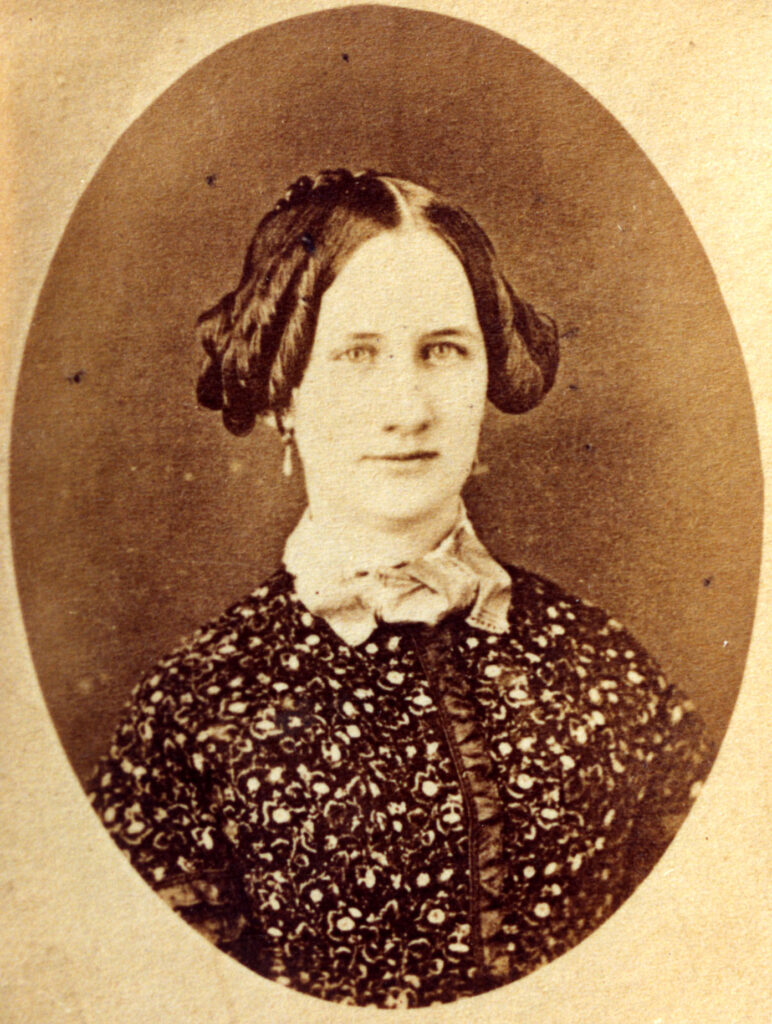
Courtesy of Eudora De Renne Roebling
During the last decade of her life, Mary De Renne collected a notable array of Civil War relics, as well as an immense collection of Confederate books and pamphlets, later praised by Douglas Southall Freeman as “second to none in the country” in A Calendar of Confederate Papers (1908). She also gathered an impressive trove of Confederate manuscripts, including the Permanent Constitution of the Confederate States of America, beautifully engrossed on vellum.
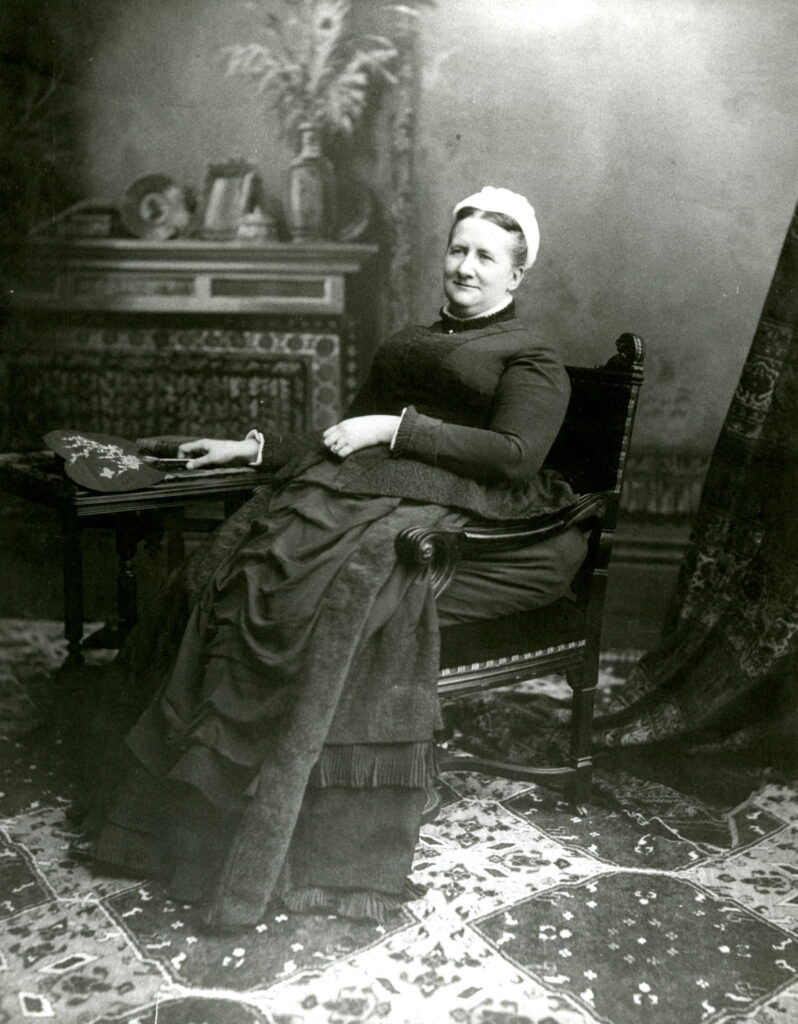
Courtesy of Eudora De Renne Roebling
At her death, Mary De Renne’s Confederate collection and her husband’s Georgia collection went to their son Everard (1857-94). His will left his parents’ collections as bequests in their honor. The Mary De Renne Confederate Collection went to the Confederate Museum in Richmond, Virginia, where it remains with that institution’s successor, the Museum of the Confederacy. The G.W.J. De Renne Georgia Historical Collection was left to Georgia’s state library in Atlanta, which catalogued it in The De Renne Gift (1894). In 1992 these books were transferred to the Hargrett Rare Book and Manuscript Libraryat the University of Georgia.
Wymberley Jones De Renne (1853-1916)
The eldest son of Mary and G.W.J. De Renne, Wymberley Jones DeRenne became a more noted collector than either of his parents were. He gathered his Georgia library beginning in the 1890s, upon returning to Savannah after spending much of his life in Europe. His library comprised mainly historical works, supplemented by a large collection of Georgia governmental and institutional publications, legal codes, digests, session laws, maps, pamphlets, and newspapers. To preserve his collection and make it easily accessible to scholars, De Renne built a classical fireproof library building near Wormsloe House in 1907.
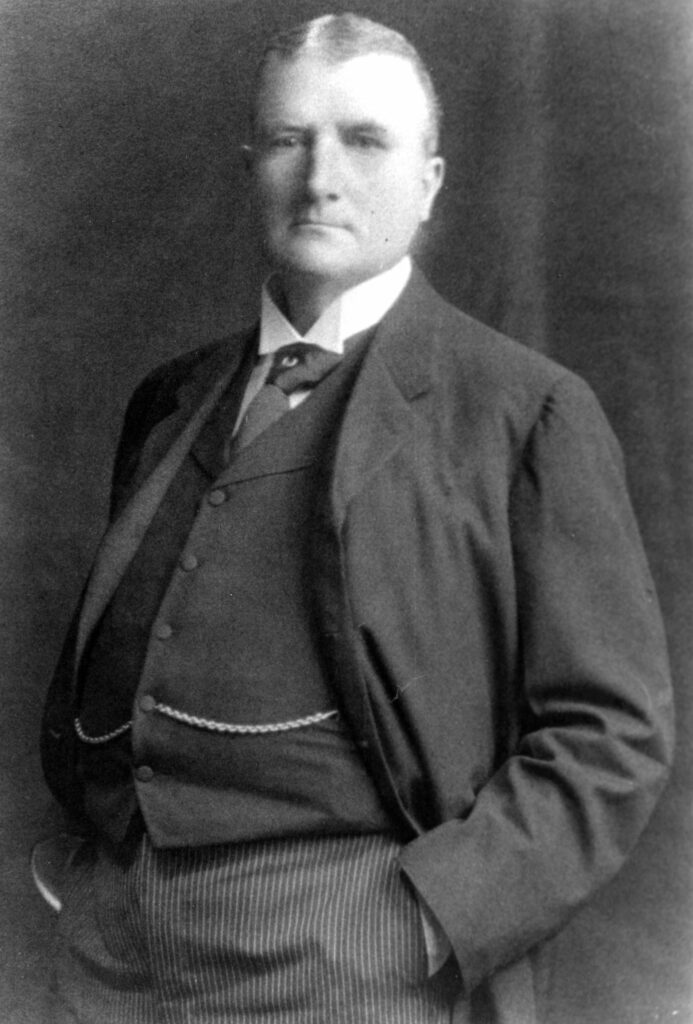
Courtesy of Georgia Historical Society.
Wymberley Jones De Renne produced seven publications (most of which were Wormsloe editions), including two catalogs of his library. He also printed two of his manuscript collections—the memoirs of Georgia governor Wilson Lumpkin (1907) and previously unpublished letters and telegrams of Robert E. Lee (1915)—and was instrumental in publishing several of the Georgia Historical Society’s Collections.
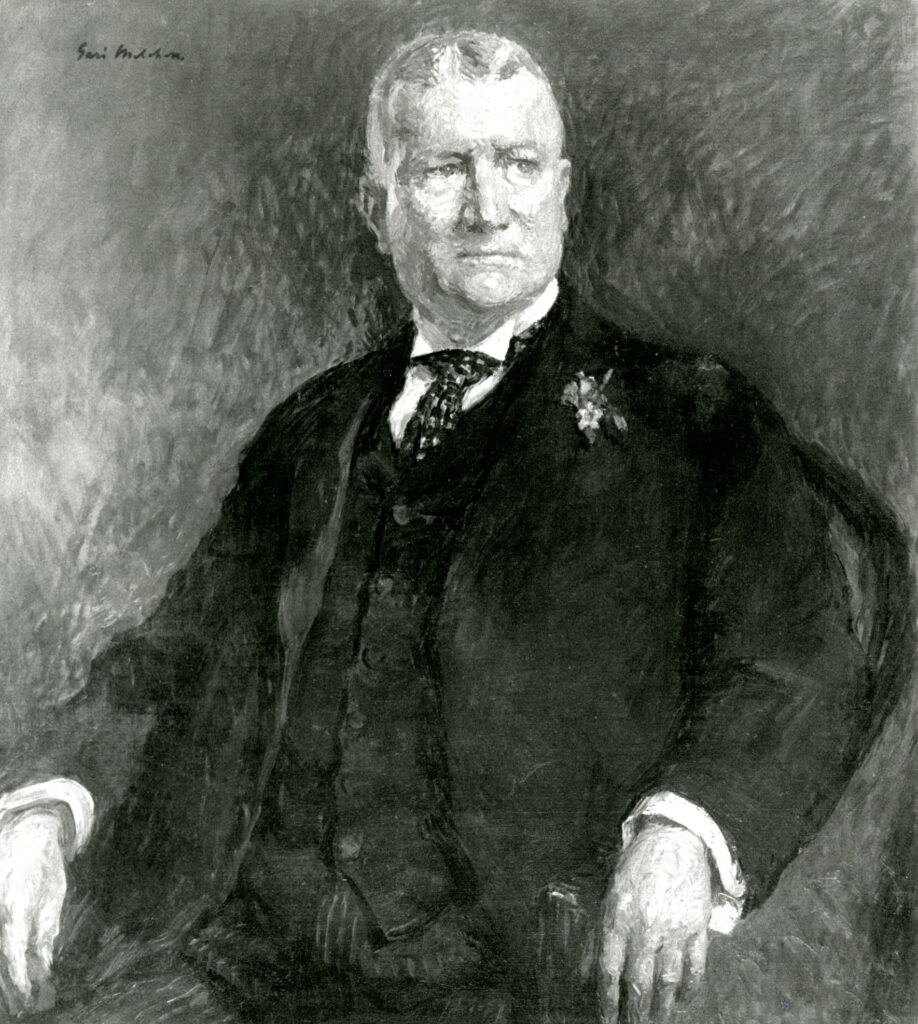
Courtesy of the Wormsloe Foundation
Wymberley Wormsloe De Renne (1891-1966)
Wymberley Jones De Renne died disappointed that his library was incomplete and inadequately cataloged. It fell to his son, Wymberley Wormsloe De Renne, to complete what his father had begun. He gave Leonard L. Mackall, the De Renne Georgia Library’s first and only librarian, carte blanche to fill all significant vacancies on the shelves, and Mackall made much progress before World War I (1917-18) intervened. After the war, De Renne contracted with Azalea Hallett Clizbee of the American Art Association to produce the Catalogue of the Wymberley Jones De Renne Georgia Library, which listed and described more than 4,000 items, dating from 1700 to 1929. Business reverses further delayed the work until it was underwritten by De Renne’s sisters, Audrey Howland and Elfrida Barrow (who was inducted into Georgia Women of Achievement in 2008), with De Renne supervising the project. The catalog was finally issued in three royal octavo volumes by the Plandome Press in 1931.
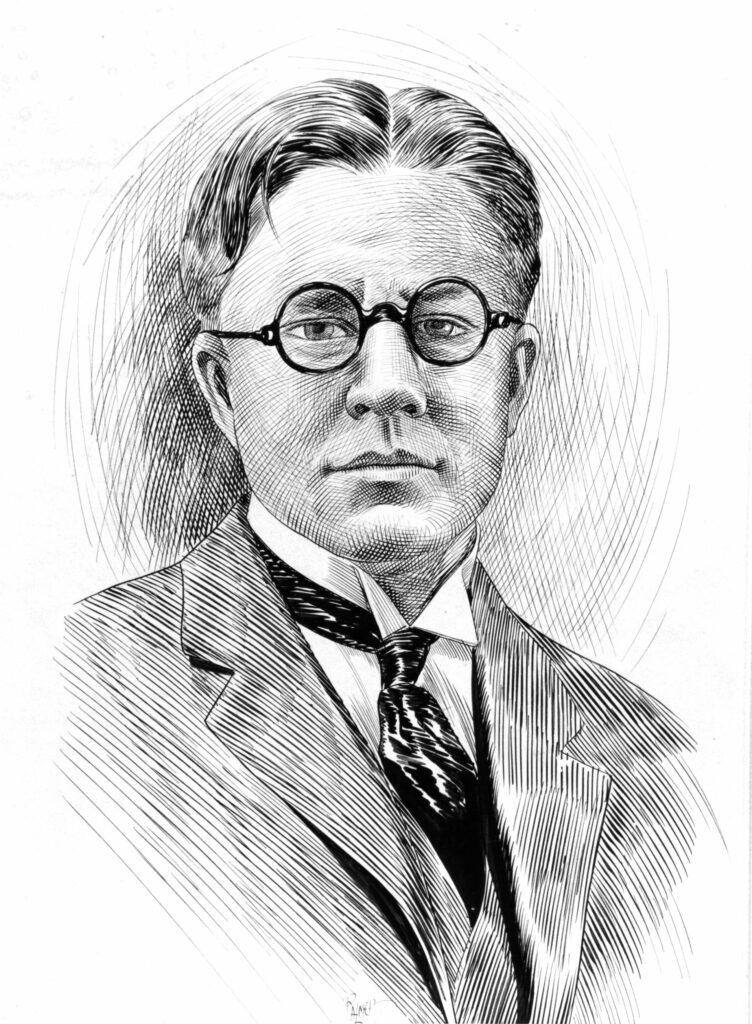
Courtesy of Eudora De Renne Roebling
The catalog became the basis of the sale of the De Renne Georgia Library in 1938 to the Board of Regents of the University System of Georgia, for placement in the University of Georgia Library. There De Renne was employed as a member of the library’s staff from 1938 until his retirement in 1956. He sold the Permanent Confederate Constitution to the Regents in 1939, and together with the books of the De Renne Georgia Library, it is now a part of the University’s Hargrett Rare Book and Manuscript Library.
Elfrida De Renne Barrow (1884-1970)
Having acquired the title to Wormsloe House in 1931, Elfrida Barrow moved there in 1938. By that time Barrow had printed verse in Harriet Monroe’s magazine Poetry and other publications, and she had also published some historical pieces in the Georgia Historical Quarterly and coauthored Anchored Yesterdays (1923, with Laura Palmer Bell) and Georgia: A Pageant of Years (1933).
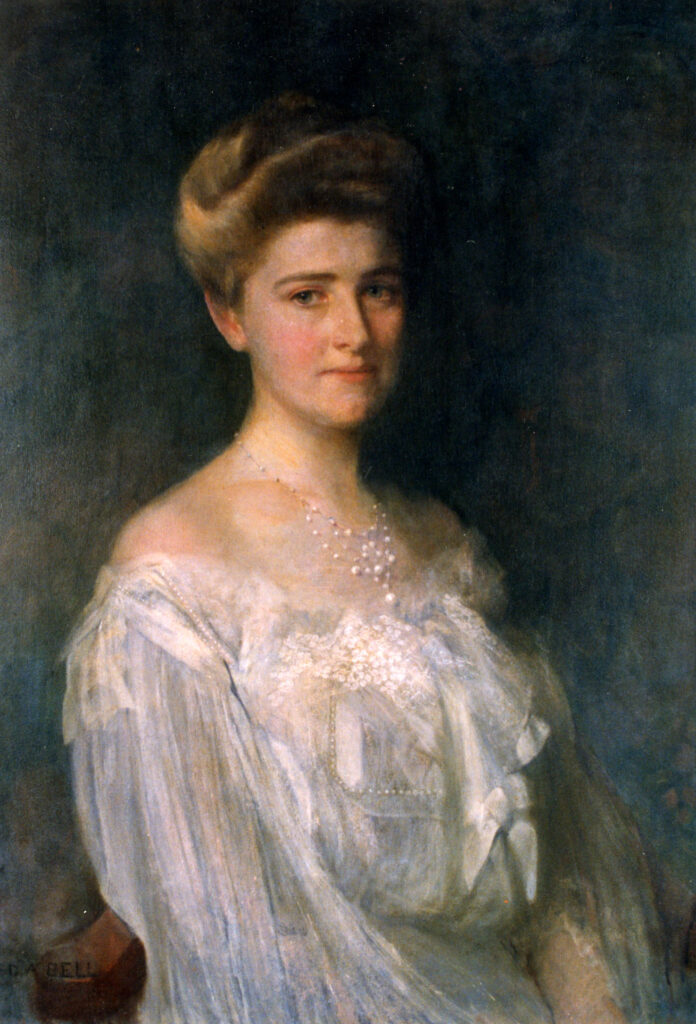
Courtesy of Elfrida Barrow Moore
In 1953 Barrow incorporated the Wormsloe Foundation, one of whose activities was the publication of historical works. In the De Renne tradition, these were principally primary materials such as the colonial journals of Peter Gordon and William Stephens. Also following tradition, she associated these books with the De Renne estate, calling them the Wormsloe Foundation Publications. The first volume, E. Merton Coulter’s Wormsloe: Two Centuries of a Georgia Family, appeared in 1955; the twenty-first volume, a history of the De Renne family, was published in 1999.
In the last years of Elfrida Barrow’s life, the Wormsloe Foundation purchased the rich manuscript collection of Keith Read of Savannah and presented it to the University of Georgia Library. Shortly before her death, the library also acquired the majority of the De Renne family papers from her brother’s estate.


















